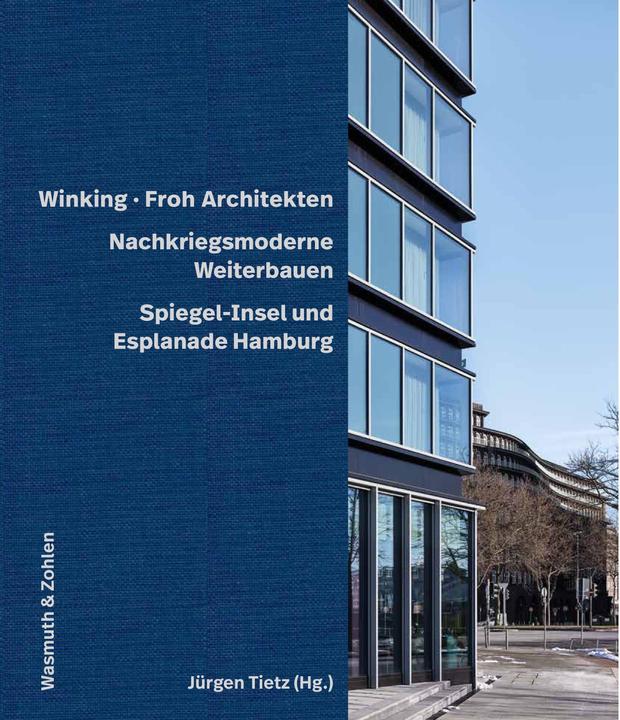
Best Wasmuth products in the Reference books category
On this page you'll find a ranking of the best Wasmuth products in this category. To give you a quick overview, we've already ranked the most important information about the products for you.
1. Wasmuth Jürgen Tietz
Winking Froh Architects: Post-war modernism - Spiegel-Insel and Esplanade Hamburg.

2. Wasmuth Stadt Bauen 8
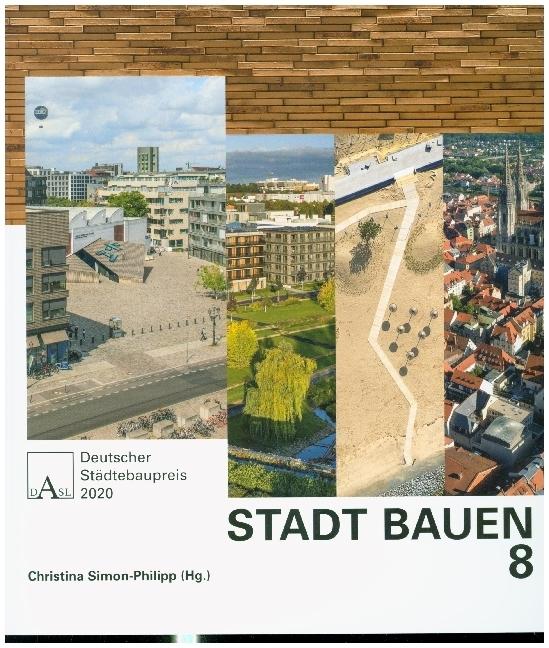
3. Wasmuth Fassaden Flimmern
The Haus des Rundfunks in Berlin (built 1929-1931) united the three broadcasting stations active in Berlin on the site near the radio tower built in 1926. It was built as the head building of the so-called "Poelzig-Eies" and fulfilled completely new usage requirements for the time: In addition to the administration and office building, it was necessary to create broadcasting uses such as recording and broadcasting halls. However, the ceramic façade of the Haus des Rundfunks remains unique in architectural history. Its austerity and systematics very discreetly reveal the complexity from which it derives its liveliness but also diversity in colour and style. 14 short texts by various authors from today and contemporary reviews from the 1930s illustrate this. In 62 colour photographs, art historian and artist Kris Heide analyses the fascinating effect of the façade made of multicoloured iridescent ceramic plates. Using other photographs of her own, as well as historical black-and-white photographs, she documents and interprets the building as a work of art. The title of the book is inspired by Paul Westheim's 1930 formulation: "It is particularly charming when the sun is over the building and the glaze begins to flicker in constantly changing tones." Unaware of this statement, and unsuspectingly choosing exactly this light situation, Kris Heide made the same observation 90 years later.
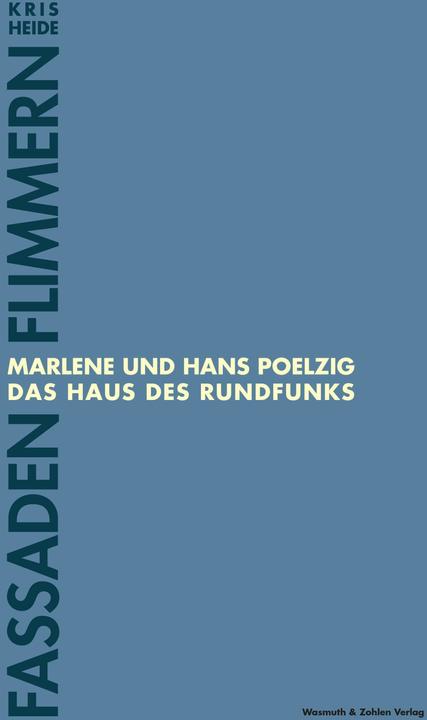
Fassaden Flimmern
German, Gunnar Brands, Jens Flemming, Gerda Flemming, Natascha Freundel, Kris Brands Heath, 2022
4. Wasmuth Der Nachhalt
German
Architect Caspar Schmitz-Morkramer admits to himself that, in view of the escalating climate crisis, he needs to rethink his attitude - or really develop it! Just like most architects. But he has doubts. On the one hand, everyone says the same thing, on the other hand, one encounters contradictions at every turn. Before Caspar Schmitz-Morkramer finds his position, he has to find his way through the labyrinth with the help of a guide. Der Nachhaltige Bauen is a series of publications documenting and supporting the transformation of the architectural office caspar. into a specialist for sustainable building. The prologue is dedicated to the prerequisites for this task and prepares many facts and positions on sustainability informatively, graphically and with the necessary sense of punchline and provocation.
English
Architect Caspar Schmitz-Morkramer admits that he needs to rethink his stance in light of the escalating climate crisis - or at least really develop it! Just like the vast majority of architects. But he has his doubts. On the one hand, everyone says the same thing, on the other, there are contradictions at every turn. Before Caspar Schmitz-Morkramer can find his stance, he has to go through the labyrinth following a guiding thread. Der Nachhalt is the title of a series of publications that doc- uments and underpins the transformation of the architecture office of caspar. into a spe- cialist in sustainable construction. The Prologue is dedicated to the prerequisites for this task. This volume presents numerous facts and positions relating to sustainability in an in- formative, graphic manner, with just the right sense of irony and provocation.
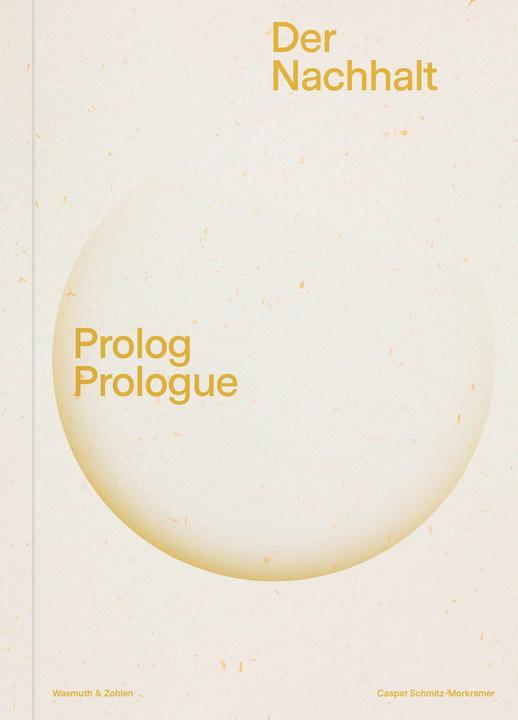
5. Wasmuth In neuem Glanz
In new splendour: The renovation of four historic buildings in Metzingen.
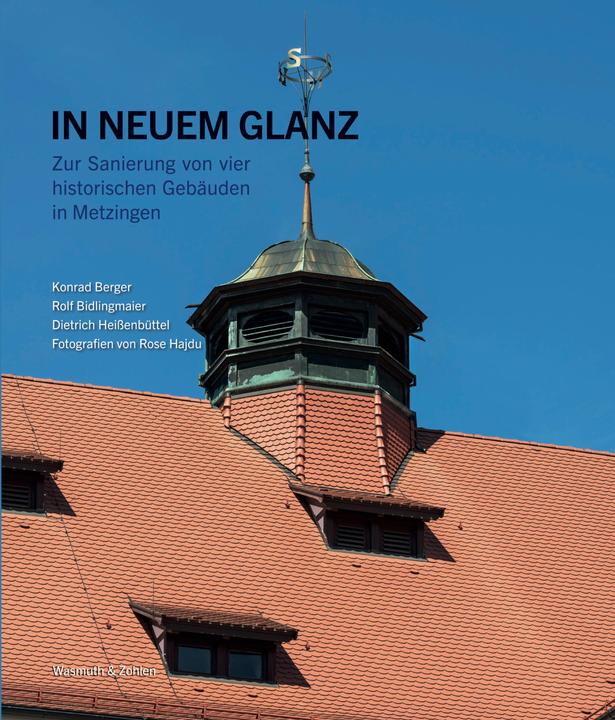
In neuem Glanz
German, Dietrich Heissenbüttel, Rolf Bidlingmaier, Konrad Berger, Rose Hajdu, 2023
6. Wasmuth Stimmanns Stadtlektüren
Hans Stimmann, born in 1941, shaped Berlin's architectural and urban development fortunes like no other during three legislative periods and 15 years in office from 1991 to 2006. To this day, the former Senate Building Director and State Secretary for Urban Development is able to influence public debate. This is mainly due to his memorable speeches and committed journalism. With "Stimmanns Stadtlektüren - Texte, Vorträge und Interviews: 2012 bis 2022" (Stimmann's Urban Readings - Texts, Lectures and Interviews: 2012 to 2022), a collection of his articles in various media is published on his 81st birthday. They are urban explorations, critiques, observations, but also polemics from Berlin, Lübeck or Kaliningrad. The analyses of urban planning and architectural development before and after the turn of the millennium are not an end in themselves, however, but are always combined with a sometimes combative critique of the failures of politics or administration of yesterday and today. In doing so, he does not shy away from finding his earlier "being right at all costs" questionable or at least worthy of reconsideration today. However, Stimmann sticks to his basic urban ideas, which he came up with as a "child of the International Building Exhibition" (Stimmann). These include the model of the European city with its preferred stone façades and the principled rejection of utopian ideas of reinventing the city. He vehemently advocates the historic city centres because they are places of remembrance and cultural power, and pleads for urban development consisting of individual plots of land that give each city citizen a home and a place.
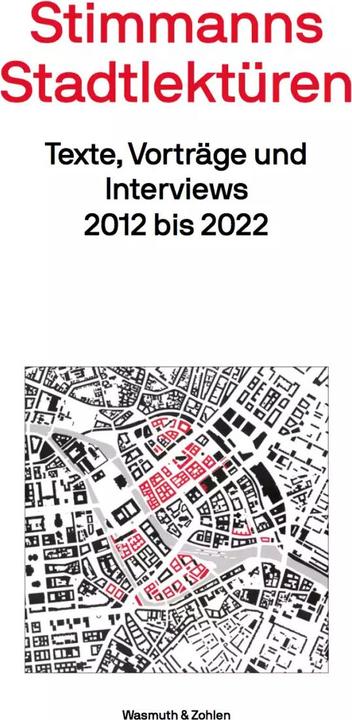
7. Wasmuth Paul Schmitthenner
Paul Schmitthenner's book "Gebaute Form" is a grammar of construction design based on constructive and material principles. Even in the age of virtual design with CAD, it provides a necessary foundation: material for substance, connection for construction, and making a virtue out of seams are terms coined by Schmitthenner, the influential architecture teacher of the "Stuttgart School" after 1918. Paul Schmitthenner (1884-1972) was an architect of the New Tradition and a critic of the Weissenhof Estate (Ludwig Mies van der Rohe and others, 1927), yet modern enough to be significantly present in the discourses of the 1920s (settlement, social housing, rationalization). The improved and expanded new edition of the comprehensive monograph by the German Architecture Museum documents not only the buildings and projects but also Schmitthenner's role in the "Third Reich" and his text "Das sanfte Gesetz in der Baukunst," which was designed as a coded distancing.
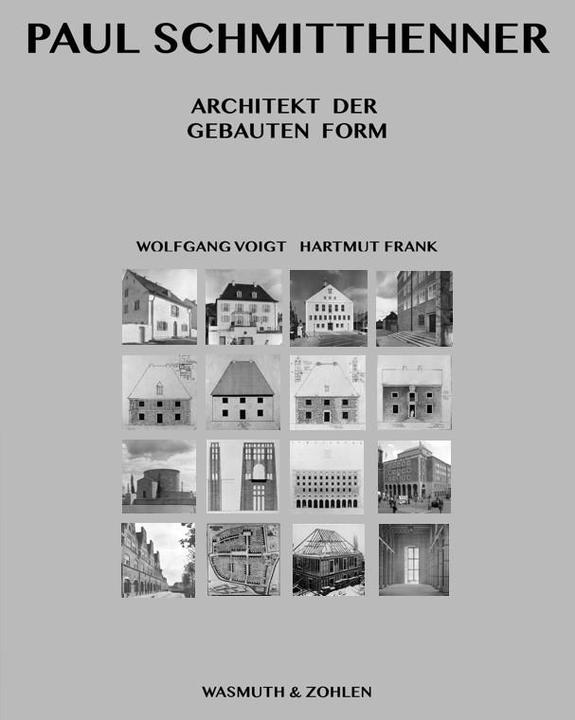
8. Wasmuth Sketches 1990 - 2020
The advent of computers is often blamed for the impoverishment of building culture. Computer-aided design (CAD) seemed to make hand drawing superfluous for architects and made it fall out of fashion. A reversal of this trend seems to be taking place. Even if the artistic exercise with the drawing pen, the felt-tip pen or pencil on napkin or paper, in the notebook or the sketchpad never really disappeared, interest has recently been increasingly directed back to the care and precision, the sensitivity and creativity of 'designing by hand'. The Berlin-based architect Philip Norman Peterson, for all his familiarity with the digital world, has never stopped thinking with a drawing pencil. He used this to collaborate with Max Dudler, Daniel Libeskind and Holzer Kobler Architekturen, among others. In his book Sketches Methoden der Formfindung (Sketches Methods of Form Finding), you can see him finding forms step by step. To this end, he has developed various methods of thinking about building, place and city. He not only dreams of airy worlds, but provokes with radical proposals, for example of an inner-city airport at Berlin's Alexanderplatz. And he takes philosophical and artistic suggestions from Jacques Derrida, El Lissitzky or Ludwig Mies van der Rohe and transforms them into urban and architectural structures. The design methodology is fascinating and easy to follow. The individual style of his drawings, subtle and precise, abstracting and clear, develops an immensely individual aesthetic appeal.
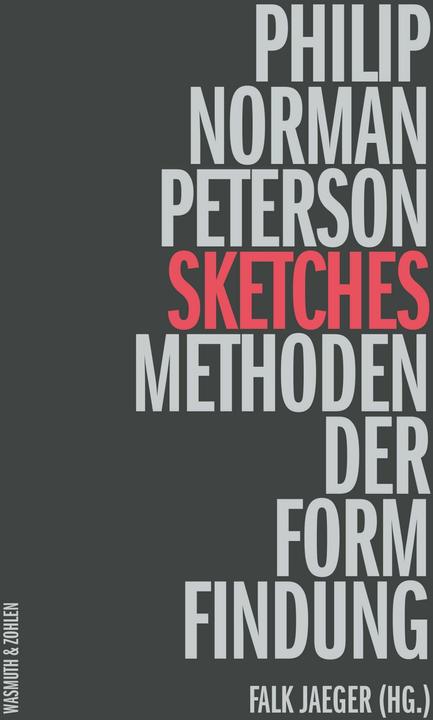
9. Wasmuth Der erste Flugplatz in Schönefeld
The final chapter is dedicated to the transformation of the airport into a civil airport after the Soviet Army handed it over to the young GDR, which then converted and expanded it into the capital airport before it served as a temporary solution for the newly planned capital airport BER starting in 1996. The book, published on behalf of the Berlin Airport Company, aims to make the history of the airport site accessible to a broader public. To this end, prominent historians from the Center for Metropolitan Studies at TU Berlin and the Leibniz Institute for Spatial Social Research in Erkner were invited to research in archives and to seek testimonies from contemporaries, some of which are published here for the first time.
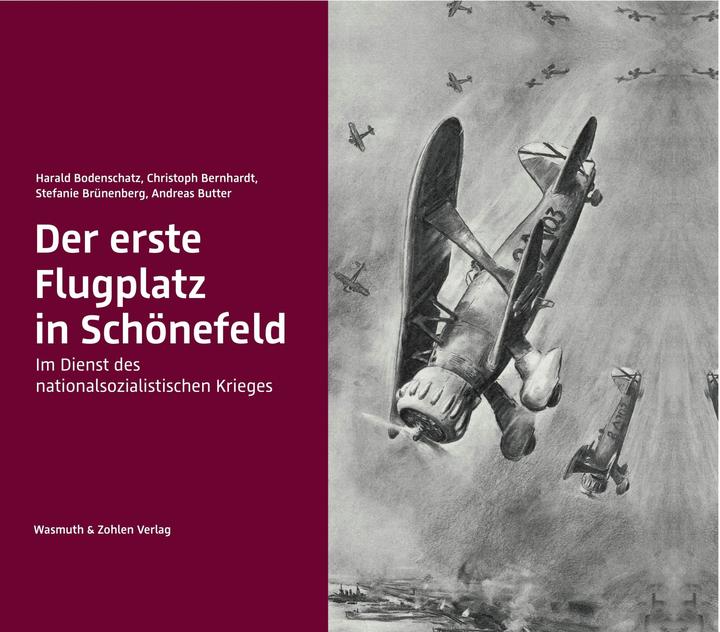
Der erste Flugplatz in Schönefeld
German, Harald Bodenschatz, Christoph Bernhardt, Andreas Butter, Stefanie Brünenberg, 2022
10. Wasmuth Spatial practice
The upcoming changes in living and working in the post-industrial, globalised society will be complex and regionally very different. Strengthening local and regional circular economies will enable people to work locally. The new forms of life will also be reflected in the forms of settlement. New ways of life and forms of settlement will only combine with local conditions in a sustainable way if they take the effects of climate change into account with foresight. In Hombroich, in the Erft, in the Lower Rhenish Bay, pilot projects could emerge that provide important impulses in the transformation process and demonstrate possibilities for change as curated pioneers. The theme is how the spatial development of new lifestyles shows alternatives to the growth of metropolises, cities and rural areas.
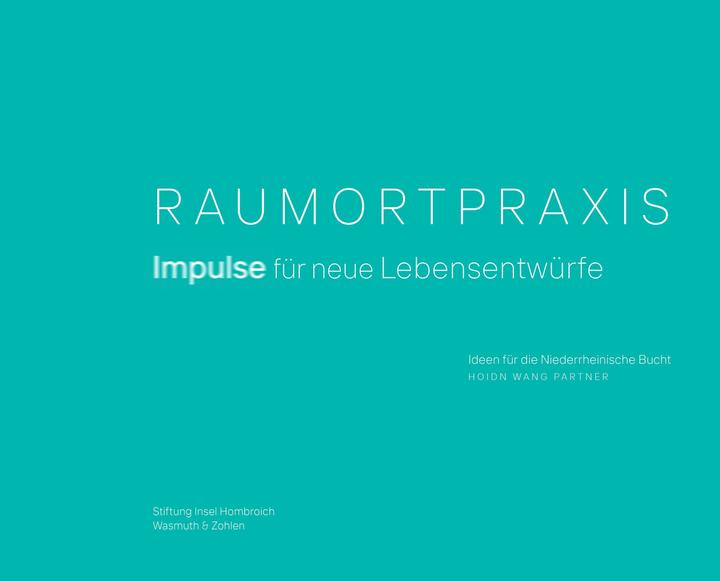
Spatial practice
German, Wilfried Wang, Hoidn Wang Partner, Barbara Hoidn, 2022